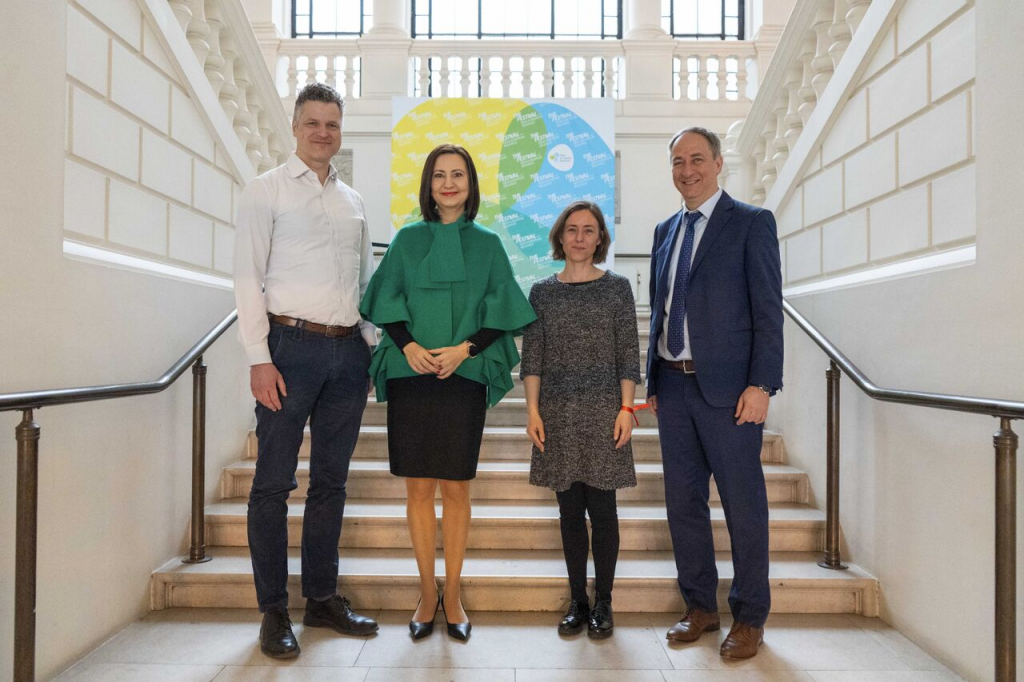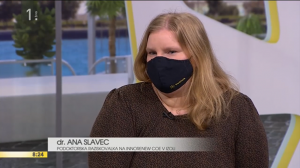
April 17, 2024


Each year on 8 March, in approximately 100 countries around the globe, International Women’s Day is celebrated. This day is about celebrating the economic, political and social equality of women. International Women’s Day has been celebrated on 8 March since 1917, when protests started in Sant Petersburg. In Slovenia, the first newspaper Slovenka (Slovenian Women) was issued in 1897, and in 1906, the first woman finished her PhD at Gratz University.
Gender equality is of great importance in the field of science. UNESCO and UN Women, for instance, implemented the International Day of Women and Girls in Science, which is observed yearly on 11 February. The aim of this day is to promote women and girls in science, and it is an opportunity to promote full and equal access to and participation in science for women and girls.
Dr Ana Slavec, InnoRenew CoE researcher and consulting statistician, spoke about this important topic on the television show “Dobro jutro”. She highlighted an interesting fact that more women, compared to men, complete university studies more often, yet the percentage of women in science is still much lower than the percentage of men. The reason for this is that the field of science is very competitive.
“If you want to stay at the top in science, you have to demonstrate a lot, which means that your working day will not end after eight hours,” Dr Slavec explained. “And as we know, family work is not evenly distributed between men and women, and this prevents women from remaining competitive with men in their scientific work.”
On the program, she also spoke about her work at InnoRenew CoE and the importance of statistics in several fields, including journalism.
Watch the whole show here, starting at 1:00:30 (in Slovene).

Dr Ana Slavec in TV show “Dobro jutro”. Image: Rtvslo